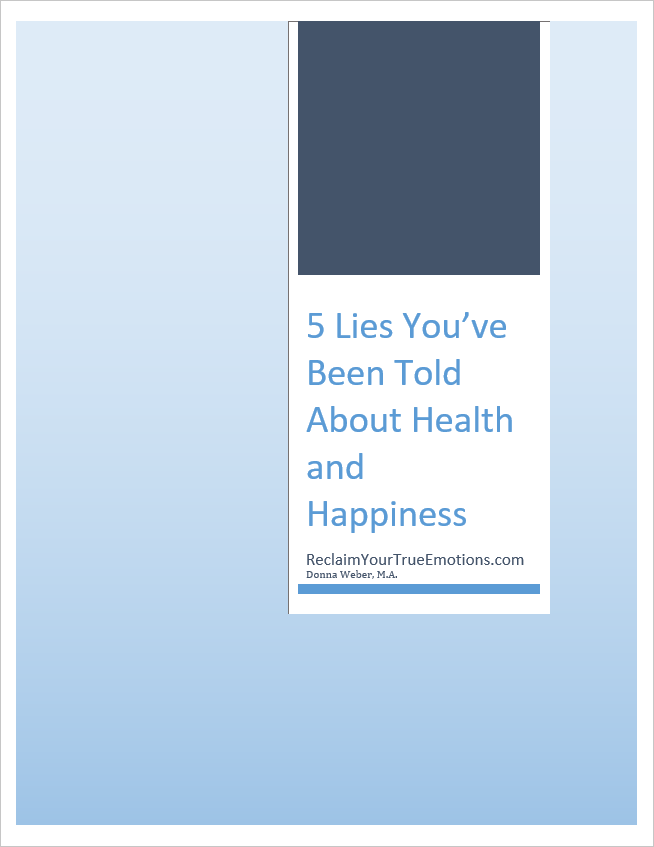In my last two posts I have been describing your emotional identity. You can think of your identity as your relationship with yourself.
Do you have a good relationship with yourself? Or, like many of us, do you have a mixed relationship with yourself? Sometimes you feel good about yourself and other times you judge yourself as wrong or lacking in some way.
When you feel bad about yourself, this is your false identity speaking.
Getting up to speed
In case you didn’t read my last two posts, here is a quick summary. You are not born with your false identity. You learn a false identity over time, as you grow up. You are programmed by society and your parents to fit in. Sometimes a traumatic event can affect your identity.
Your false identity can be discovered by examining how you feel when you refer to yourself. Self referral emotions can be discovered by examining your personal pronouns (I, we,…) and any names you have used. Limiting beliefs, such as “I’m not good enough,” are also included.
Once you discover your false identity you can reclaim your true identity using the poetry emotion process.
How to reclaim your true identity
The steps for reclaiming your true identity follow. This information is in a brief format. For more information on the poetry of emotion process, read the posts on the “Are you new to the site?” page. For more information on reclaiming your true identity, check out my new workbook.
Step 1
List all of your self referral words: I, me, you, we, myself, mine, my, your name, and any nicknames you have used.
Here are the steps for each word:
- Say your word (out loud or in your mind) several times.
- Scan your body. Discover your emotional poem by exploring the physical sensations in your body.
- Decide if this poem is helping you or holding you back. For example do you feel confident or do you feel unworthy?
Once you have discovered the poem for each self referral word, use the poetry of emotion process to release any limiting poems.
Step 2
List any limiting beliefs about yourself. These are beliefs that are holding you back from living the life you desire. Here are a few examples:
- I’m not good enough
- I’m not worthy
- I’m not deserving
- I’m not lovable
- I’m not valued
When making your list, select beliefs that are meaningful to you. You may not have any of these beliefs, but you may have other beliefs such as “I can’t be successful.”
Use the poetry of emotion process to release your limiting beliefs.
Your true identity
Keep working with your false identity until you feel good about yourself. You don’t need a reason to feel good about yourself. You are good enough. You deserve a great life. You are worthy of having great relationships. When you know this in your heart – not just your head – your life will transform.
In my next post, I will address one last and extremely important aspect of your identity: your spiritual identity.
To read more…(Image: David Amsler @ Flickr)



